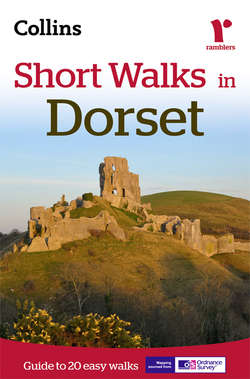Читать книгу Short Walks in Dorset - Collins Maps - Страница 9
Geology
ОглавлениеThe varied Dorset landscape is due to its fascinating underlying geology. There are a number of large ridges of limestone which include a band of chalk which crosses the county from southwest to northeast including Cranborne Chase, the Dorset Downs and the Purbeck Hills. Between the limestone downland ridges are large, wide clay valleys with broad flood plains including the Blackmoor Vale (Stour Valley) and Frome Valley.
Southeast Dorset lies on non-resistant Eocene clays, sands and gravels, the thin soils supporting a heathland habitat. The River Frome estuary runs through this weak rock and its many tributaries have carved out a wide estuary. At the mouth of the estuary sand spits have been deposited turning the estuary into Poole Harbour. The harbour and the chalk and limestone hills of the Purbecks to the south lie above Europe’s largest onshore oil field.
Most of the Dorset coast (together with part of the East Devon coast) was listed as an UNESCO World Heritage Site in 2001 because of its impressive geological formations and textbook examples of features of coastal erosion. The coast represents much of the Mesozoic era (251-66 million years ago) with a sequence of Triassic, Jurassic and Cretaceous rock exposures and it is commonly known as ‘The Jurassic Coast’. It has yielded a large number of animal and plant fossils including flying reptiles, marine reptiles and dinosaur footprints. The notable landforms include the sea stacks near Handfast Point, the cove at Lulworth and the natural arch of Durdle Door. The limestone island of Portland is connected to the mainland by the 18 mile pebble tombolo of Chesil Beach. The Fleet Lagoon, which Chesil Beach encloses, is one of the most important saline lagoons in Europe.
In the west of Dorset the chalk and clay begins to give way to marl and granite, more characteristic of the geology of Devon.
